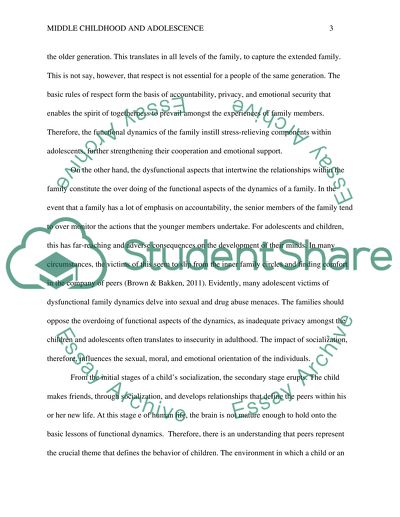Cite this document
(“Middle chidhood and adolescences Essay Example | Topics and Well Written Essays - 1000 words”, n.d.)
Middle chidhood and adolescences Essay Example | Topics and Well Written Essays - 1000 words. Retrieved from https://studentshare.org/psychology/1696774-middle-chidhood-and-adolescences
Middle chidhood and adolescences Essay Example | Topics and Well Written Essays - 1000 words. Retrieved from https://studentshare.org/psychology/1696774-middle-chidhood-and-adolescences
(Middle Chidhood and Adolescences Essay Example | Topics and Well Written Essays - 1000 Words)
Middle Chidhood and Adolescences Essay Example | Topics and Well Written Essays - 1000 Words. https://studentshare.org/psychology/1696774-middle-chidhood-and-adolescences.
Middle Chidhood and Adolescences Essay Example | Topics and Well Written Essays - 1000 Words. https://studentshare.org/psychology/1696774-middle-chidhood-and-adolescences.
“Middle Chidhood and Adolescences Essay Example | Topics and Well Written Essays - 1000 Words”, n.d. https://studentshare.org/psychology/1696774-middle-chidhood-and-adolescences.


